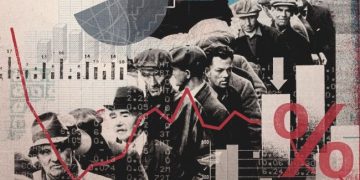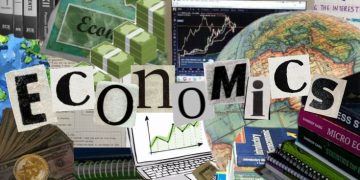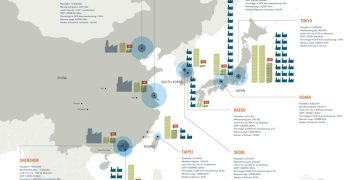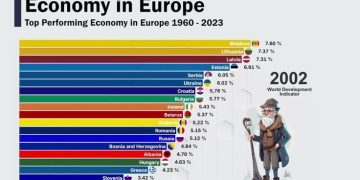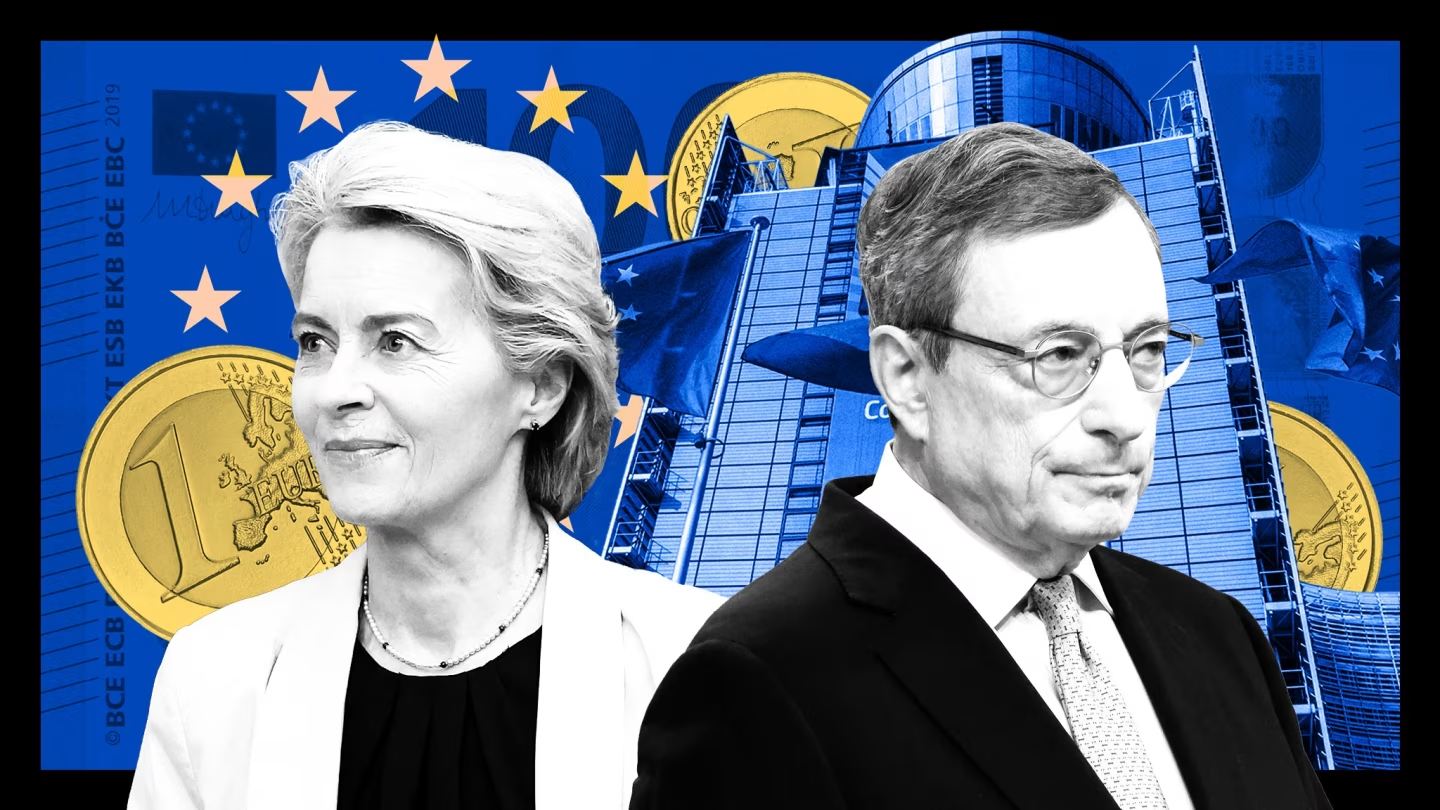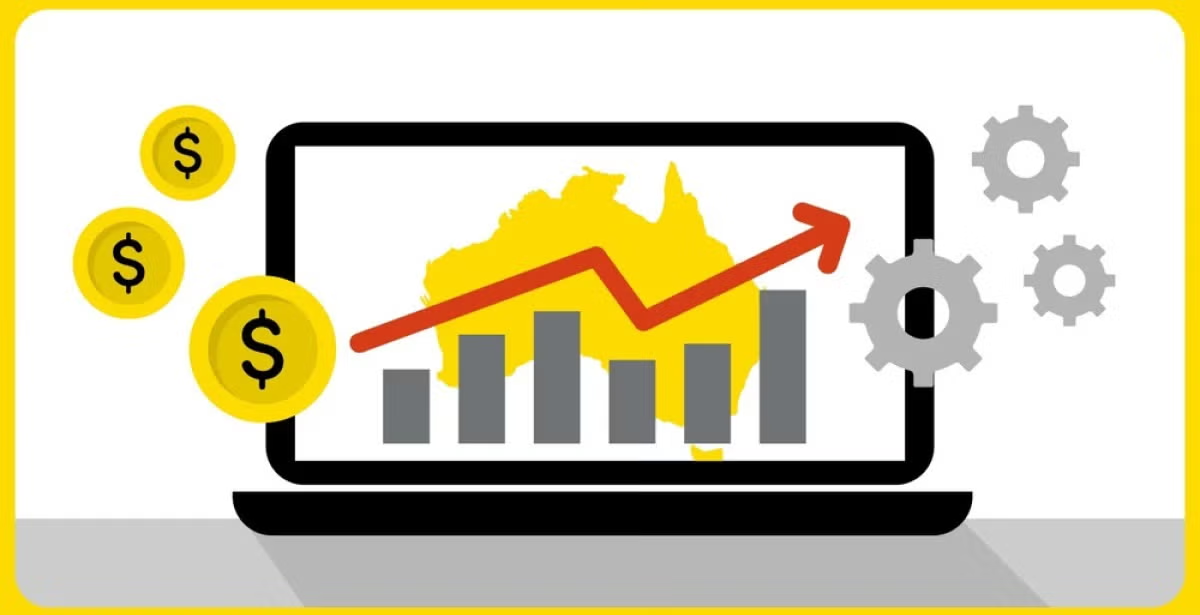In recent years, trade protectionism has experienced a notable resurgence, reshaping the global economic landscape. The rise of tariffs, trade barriers, and a shift toward nationalist economic policies are challenging decades of trade liberalization. The U.S. and Europe, long advocates for open markets, are now faced with the task of rethinking their international economic strategies in a world where protectionism is on the rise.
This shift poses significant questions about how major economic powers like the U.S. and Europe can adapt their economic policies to navigate a new era of trade tensions and competition. This article explores the key factors driving the rise of protectionism, the impact on global trade, and how the U.S. and Europe can adjust their strategies to protect their economic interests and ensure continued growth in this increasingly protectionist environment.
1. The Rise of Trade Protectionism: Causes and Trends
1.1. Globalization and the Backlash Against It
Over the past few decades, globalization has driven much of the world’s economic growth, fostering interdependence between countries, increasing cross-border trade, and promoting the free flow of capital and goods. However, as globalization has progressed, so too have concerns about its downsides.
In many Western countries, the benefits of globalization have been unevenly distributed. While multinational corporations and investors have thrived, many middle and working-class workers have seen their jobs outsourced or replaced by automation. The hollowing out of traditional manufacturing sectors, especially in regions that once relied on industrial jobs, has led to growing economic disparity.
In response, populist movements have emerged, championing nationalism and protectionist policies as a means to restore jobs and economic security for those who feel left behind by globalization. These movements have gained significant political traction in the U.S., Europe, and elsewhere, influencing policymakers to adopt protectionist measures.
1.2. Geopolitical Tensions and Strategic Competition
Another driving force behind the rise of protectionism is the increasing geopolitical tensions, particularly between the U.S. and China. As China has emerged as an economic powerhouse, its growing influence in global markets has raised concerns in both the U.S. and Europe about its trade practices, intellectual property policies, and the potential for economic dependency.
The U.S. has responded to these concerns with tariffs and trade restrictions, aiming to level the playing field and protect domestic industries from unfair competition. Similarly, the European Union has been more vocal in its criticism of Chinese trade practices and has explored its own set of trade measures to protect European industries.
The growing rivalry between the U.S. and China has led to a fragmentation of the global trading system, pushing both countries to adopt more protectionist measures to safeguard their economic and strategic interests.
1.3. The COVID-19 Pandemic and Supply Chain Vulnerabilities
The COVID-19 pandemic further exposed the vulnerabilities in global supply chains, prompting countries to reconsider their dependence on foreign countries for critical goods and services. As nations scrambled to secure medical supplies and other essential products, it became clear that over-reliance on global supply chains for key industries could jeopardize national security.
In response, many countries, including the U.S. and members of the European Union, have reconsidered their supply chain strategies. There has been a significant push to bring manufacturing back home or diversify production sources to reduce reliance on a few countries, particularly in strategic sectors like semiconductors, pharmaceuticals, and energy. This “reshoring” trend has been accompanied by trade policies aimed at strengthening domestic industries and reducing reliance on foreign suppliers.
2. The Economic Impact of Protectionism on the U.S. and Europe
2.1. Trade Barriers and Economic Growth
The most immediate consequence of trade protectionism is the imposition of tariffs and trade barriers, which increase the cost of goods and services. Tariffs raise prices for consumers, who must pay more for imported goods, and can disrupt supply chains by making it more expensive for businesses to source materials and components.
For example, the U.S.-China trade war, which began in 2018, resulted in a significant increase in tariffs on a wide range of goods. While the goal was to reduce the trade deficit with China, the consequences for U.S. businesses were mixed. Many companies faced higher production costs and reduced access to key markets. European businesses, particularly those in the manufacturing and automotive sectors, also felt the impact of tariffs, which made their products less competitive in the global market.
These trade barriers can slow down economic growth by limiting access to markets, reducing the efficiency of global supply chains, and discouraging international investment. While protectionist policies may protect certain industries in the short term, they can ultimately harm the broader economy by disrupting global trade flows and reducing overall economic productivity.
2.2. Reduced Foreign Direct Investment (FDI)
Protectionism often leads to a decline in foreign direct investment (FDI) as companies become wary of operating in countries with unstable trade policies or unpredictable regulatory environments. Foreign investors are less likely to invest in markets where they perceive risks related to tariffs, import/export restrictions, and other protectionist measures.
For example, European companies that rely on global markets for growth may face reduced investment if trade barriers are erected. Similarly, U.S. companies could see a decline in investments from abroad as international investors seek more predictable and open markets.
FDI is a crucial driver of economic growth, as it brings capital, technology, and expertise to a country. A reduction in FDI can stunt innovation, limit job creation, and reduce overall productivity.
2.3. Diverting Resources and Market Fragmentation
Another key consequence of protectionism is the potential for market fragmentation. Instead of globalized supply chains that benefit from economies of scale and specialization, countries may increasingly turn inward and rely on local markets or trade with a smaller number of trusted partners.
While this may offer short-term relief to certain sectors, it can also lead to inefficiencies, higher production costs, and a lack of competition. Without access to global markets, industries may face limitations in scaling up production or gaining access to cutting-edge technologies. Fragmented markets could also lead to increased trade disputes and competition between countries, exacerbating geopolitical tensions and creating additional risks for businesses.
3. How Should the U.S. and Europe Adjust Their International Economic Strategies?
3.1. Strengthening Alliances and Regional Cooperation
One of the most effective ways the U.S. and Europe can adjust to the rise of protectionism is by strengthening their alliances with like-minded countries and pursuing regional trade agreements. As global markets become more fragmented, regional partnerships can help mitigate the risks of protectionism by fostering closer economic ties between neighboring countries.
For instance, the U.S. and Europe can expand their cooperation through trade agreements such as the Transatlantic Trade and Investment Partnership (TTIP) or other multilateral agreements. These partnerships can ensure that the U.S. and Europe retain influence over global trade rules and standards, protecting their economic interests while promoting open markets.
In Asia, the U.S. and Europe can also look to build stronger trade relations with emerging economies like India and Southeast Asian nations, which are increasingly seen as alternatives to China in global supply chains.

3.2. Promoting Free and Fair Trade Practices
While protectionism may seem like a short-term solution to economic challenges, the long-term strategy for the U.S. and Europe should be to promote fair trade practices and combat unfair trade practices through diplomatic channels and multilateral institutions. The World Trade Organization (WTO), for example, remains a key forum for resolving trade disputes and ensuring that global trade rules are followed.
Both the U.S. and Europe should continue to advocate for the strengthening of international trade frameworks that ensure a level playing field for all countries. By pressing for reforms within the WTO and other global institutions, they can help ensure that trade remains fair and open, even in a more protectionist world.
3.3. Diversifying Supply Chains and Investing in Innovation
Both the U.S. and Europe should focus on diversifying their supply chains to mitigate risks related to geopolitical tensions and economic disruptions. Reducing over-reliance on a few countries—particularly China—can help protect against the effects of trade barriers and supply chain disruptions.
Investing in innovation and technological advancements can also play a pivotal role in ensuring that both the U.S. and Europe remain competitive in a protectionist world. Both regions should prioritize investments in emerging technologies, such as artificial intelligence, green energy, and digital infrastructure, to drive future economic growth and maintain a competitive edge.
3.4. Adapting Domestic Policies to Support Key Industries
In the face of rising protectionism, the U.S. and Europe should adjust their domestic policies to support key industries that are vulnerable to trade barriers. This could include targeted subsidies for strategic sectors, such as technology, green energy, and manufacturing, as well as initiatives to reskill workers affected by job displacement due to outsourcing.
Additionally, governments should focus on policies that encourage innovation and resilience in the face of trade barriers. This might include investment in research and development (R&D), infrastructure projects, and public-private partnerships to foster economic growth despite protectionist pressures.
4. Conclusion: Balancing Protectionism with Global Cooperation
The rise of protectionism presents significant challenges to the U.S. and Europe, but it also provides an opportunity to reassess and adjust international economic strategies. By strengthening alliances, promoting fair trade practices, diversifying supply chains, and investing in innovation, both regions can position themselves to navigate the challenges of a more protectionist world while continuing to drive economic growth and ensure global stability.
Ultimately, the key will be finding a balance between protecting domestic industries and maintaining an open, rules-based global trading system that fosters cooperation, economic growth, and shared prosperity. The U.S. and Europe must adapt to the changing landscape, but they must also continue to lead efforts for global cooperation, ensuring that protectionism does not undermine the long-term benefits of free and fair trade.








